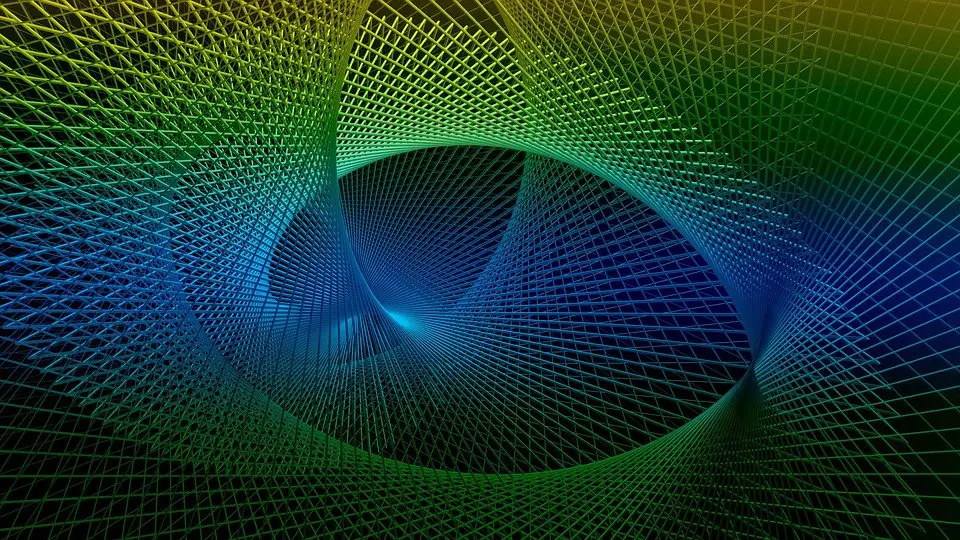Last Updated on January 15, 2024
I’m a visual learner but sometimes an image is worth more than 1,000 words and that’s when things can get confusing. Here we try to help you get a visualization of IoT by breaking down its components.
The Internet of Things (IoT) is an ever-expanding collection of technologies and systems connected together in complex, semi-autonomous ways. The number of companies supplying and/or serving the IoT ecosystem, many of which now sell/support hundreds to thousands of different IoT sensors and devices, may soon exceed 100,000.
To wrap your mind around the IoT ecosystem and its participants, it’s useful to break it down into its primary elements:
- Devices – Automobiles, refrigerators, pacemakers, infusion pumps, security cameras, weather sensors, smart speakers—an amalgam of soon-to-be 25 billion devices form the foundation of the IoT infrastructure. It will soon be harder to find technology companies that don’t market IoT devices than to list those that do. (Think Nest, Cerence, Legrand, Amazon, Google, Polk, GE, etc.) Major technology companies like Intel, Qualcomm, ARM, Micron, etc. also manufacture the processors, memory, sensors, and network interface cards within these devices.
- Communications – The IoT would not exist without device-to-device communications. While some devices are connected via conventional ethernet (e.g., CT scanners, smart TVs) most connect via some form of wireless connectivity including Bluetooth, Zigbee, and increasingly 5G. Hence very major telecommunications firm’s communications network worldwide transits an exploding volume of IoT traffic. (Think Comcast, Verizon, AT&T, Nippon, etc.)
- Cloud infrastructure (including applications/APIs) – IoT devices communicate key information (e.g., a request to change your Pandora station, a command to increase the room temperature, a reading that indicates low blood sugar) to intelligent applications that process the data and may take action based on the communication. Thus, every major provider of private or public cloud services hosts the applications that form the “brains” of the IoT. (Think Amazon AWS, Microsoft Azure, Google Cloud, Alibaba, etc.) A subset of the cloud service providers actually provide an IoT platform to simplify the process of developing, deploying, and operating IoT solutions. (Think Ayla Networks, PTC Thing Worx, Azure, AWS, IBM, Cisco, etc.) A major advantage of using a platform is they often package a near complete stack of services (e.g., device interface card, connectivity, cloud, mobile app, analytics).
- Configuration/operation applications – Configuring and operating all those IoT devices requires software that can communicate to the device. In complex systems (e.g., a wind farm) that may be a thick-client application. But in most cases a mobile application is the tool of choice. Think general-purpose development tools like Xamarin or IoT-specific tools like Home Kit, Android Things, Ka, etc.
- Data analytics (machine learning/artificial intelligence) – IoT devices will soon generate 50 zettabytes of data. Massive data sets of this nature lend themselves to machine learning and AI. Think Abrin, DeepMind, IBM Watson, Intel, Nvidia, etc.
- Information technology and security – Operating and securing billions of devices, millions of systems, and hundreds of thousands of mobile/cloud applications and associated APIs involves tens of thousands of companies—including Pivot Point Security.
Of course, there’s no way to completely “map” a web of technology, processes and services as vast and amorphous as the IoT. But you’ll find some excellent infographics designed to help you better visualize the IoT ecosystem and its components and players here and here.























